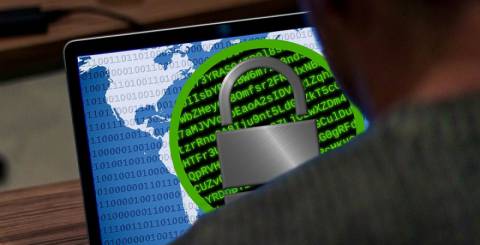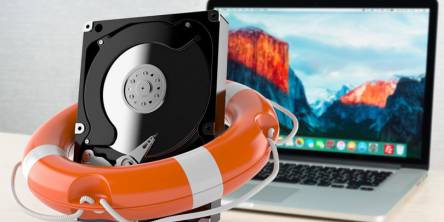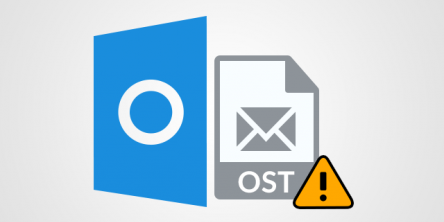How to Secure Your Data from Cyber Attacks

The headlines of Cyber attacks hit on a daily basis and the threat of it is rapidly expanding and transforming. As people are more connecting to the technology in different field and industry including large corporations like banks, governments, and small businesses as well as individuals, the threat is growing as per the opportunities. With the huge amount of security breaches, internet fraud, and digital crimes, the call to fortify your key business data has never been louder. As different businesses are growing globally and more business infrastructures are connecting to each other, the cybercriminals have got to realize about the importance of such private and essential data that organizations are trying to protecting and thus they are looking for new technological advancement to get those business data from the large-scale firms as well as from small business owners too.
But as this things are happening that does not mean we will be used to them. In fact, we need to be more protective from such risk and eliminate all the unwanted access from our computers, laptops etc. It is more pertinent that we have to earn about the hacking trends and the latest scams and need to know how to protect against them. Here we are outlining some basic yet essential protection strategies to safeguard your all data from cyber attacks.
1. Keeping Up to Date: Always make sure that you will keep all your systems up to date. More and more devices are connected to the Internet on regular basis including phone, router, laptops, computer, desktop, iPhone iPad, printers and even some refrigerators can also have the potentiality to pose a threat. So, one of the best way to avoid this hacking is to consistently update your devices. Update all the operating systems and from the main platforms such as Mac, Microsoft, Android, Linux as updating these will not only improve your functionality but also provide the latest security developments.
2. Danger from Strangers and Learn Some Common Scams: We always need to be very careful while opening emails from the senders about those we are unable to recognize. We always ask our kids not to talk to any strangers, thus it will also be applicable for us too. Malicious emails are often terms as phishing scams and can push you into a false sense of security. They will email you to open up any files or links which may easily corrupt or infect your computer system and even spread out to any other users from your computer as well. Some simple ways to check such unwelcome email senders are:
A. Do not open any email which is coming from an unknown person or company especially when they are not mentioning your name.
B. Avoid emails which are showing “URGENT” or displaying an alert that you require immediate attention. Be aware of such emails as they are just playing with your mind and making a trick to open the email. Thus, delete such emails that saying that you owe money or won some jackpots and they need your bank details because of a discrepancy.
C. There are some mails those which have some languages that give away gossip signs. Now, if you go through your mouse on over any of such links on those emails and a complicated and long URL is displaying mainly with lots of Xs then there is a huge probability that it is a scam email.
D. Do not download any attachments of ZIP files or click any links until they are coming from a known or trusted person.
3. Make Yourself Certified and Strong Password Protected: To protect your data or organizations identity and location, SSL certificates are one of the secured ways. It is basically a small data file which makes a chain and activates a locking system with an HTTP protocol to secure your connections from web servers to web browsers. Just simply install SSL certificate on your server and the application protocol will change from HTTP to HTTPS.
Secure and strong passwords are an effective and easy way to limit your risks. Without choosing any random password for your email, news blog, data or other important documents, choose long and complex passwords that will become more challenging for anyone to access your data.
4. Teach and Pass it on to others: Once you learned how to protect yourself from scams or phishing attempts, pass your knowledge to others. Lots of people in this world are unaware of such type of attacks. So, you can take some time and trained the people mainly the older/elder persons that how they can protect their data and in such way we can stop people from falling on such scams.
Similar Articles
Data recovery is the process of salvaging data from failed, corrupted or inaccessible storage media devices. These storage devices may include hard disks such as external hard drive or internal hard disk, DVDs, CDs, Raid, USB flash drive, SSD or storage tapes.
Simple Steps to remove OST File Not Recognized by Outlook Error. Also, find out the reasons behind Microsoft Outlook Error i.e., Outlook 2016, 2013, 2010 does not recognize OST file. This post explains the best possible solutions to resolve the issue in a step by step manner.


